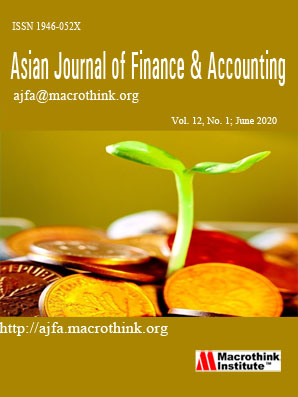Equity Valuation Using Price Multiples: A Comparative Study for BRICKS
Abstract
In this paper, we evaluate the efficacy of three value drivers namely, earnings per share, book value and sales for developing stock price forecasts using two performance evaluation criteria: 1) Root Mean Squared Error and 2) Thail Inequality Coefficient. We employ data for BRICKS economies excluding Russia from 1993-2007. We conduct our analysis in three phases. In phase one we find that price to book value is the best standalone price multiple for the Asian economies (India, China and South Korea) while price to earnings does a better job for equity valuation in case of Brazil and South Africa. In the next phase we show that combination of value drivers do not significantly improve price forecast vis-à-vis standalone multiples. Our findings are in contrast with those for developed markets as shown by Penman (1996). We also find that in Indian context market regression is a better tool for price forecasting compared to sector regression as larger number of observations result in better estimator for our forecast equation. Our findings are extremely relevant for equity analysts and portfolio managers who are continuously involved in equity evaluation and developing global asset allocation strategies.
Keywords: Price Earnings Ratio, Price to Book Value ratio, Relative Valuation, Price Multiples, Discounted Cash flows
JEL Classifications: C51, C52, G11, G15
Submission of an article implies that the work described has not been published previously (except in the form of an abstract or as part of a published lecture or academic thesis), that it is not under consideration for publication elsewhere, that its publication is approved by all authors and tacitly or explicitly by the responsible authorities where the work was carried out, and that, if accepted, will not be published elsewhere in the same form, in English or in any other language, without the written consent of the Publisher. The Editors reserve the right to edit or otherwise alter all contributions, but authors will receive proofs for approval before publication.
Copyrights for articles published in MTI journals are retained by the authors, with first publication rights granted to the journal. The journal/publisher is not responsible for subsequent uses of the work. It is the author's responsibility to bring an infringement action if so desired by the author.








